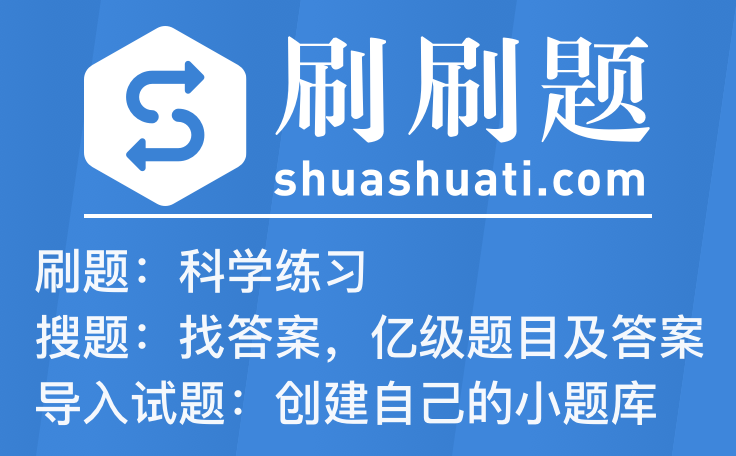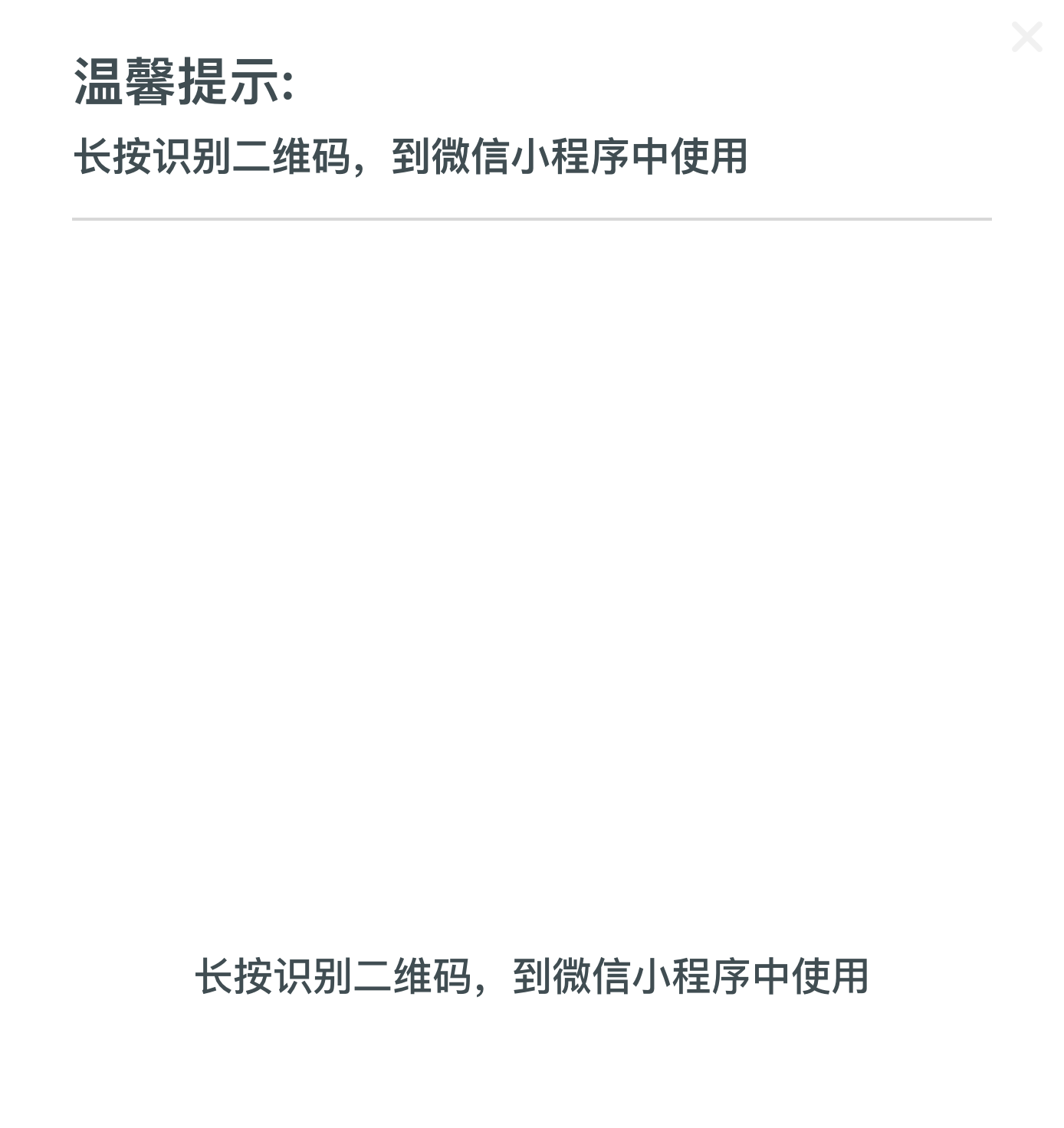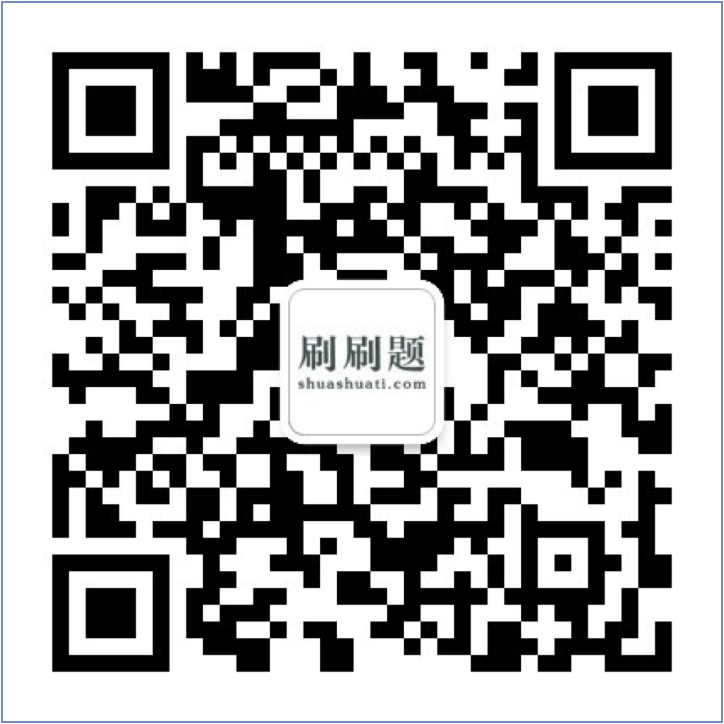皮皮学,免费搜题
登录
搜题
【单选题】

 How to Take Your Time How a person thinks about time can kill him, according to Dossey, a pioneer in the emerging science of chronobiology, the study of how time interacts with life. One of the most common ills in our society, he says, is 'time sickness', a sense of time pressure and hurry that cause anxiety and tension. These symptoms can contribute to heart disease and strokes, two of our most frequent causes of death. (A) Almost all living things in our world carry their own biological clocks synchronised with the rhythms of nature.(B) A crab can sense when the tide is about to change. A mouse wakes when night nears. A squirrel knows when to prepare for its long winter nap.(C) They adjust to changes in the environment.(D) Light is the most powerful synchroniser in most living things. But in humans there is another powerful synchroniser: other people. Pioneering studies in Germany reported that when people were put together in groups isolated from external time cues of light, temperature and humidity, their own complex internal time-keeping rhythms became desynchronised; then they resynchronised in unison. Even body temperatures started to rise and fall together, a sign that subtle biochemical changes in each body were now happening together. These experiments may have discovered one of the mysterious forces that reshape individuals into members of a team, cult or mob. The mind can alter rhythms of time in various ways. People brought back from the brink of death often recall their entire lives flashing before them in an instant. Those who have been in a serious accident often report that, as it occurred, everything happened in slow motion; apparently this is a survival tool built into the brain, an ability to accelerate to several times normal perceptual speed, thereby 'slowing down' the world and giving the victim 'time' to think about how to avoid disaster. Because the time our society keeps has been taught to us since birth, we think of it as something that everyone everywhere must somehow share. But cultures differ in how they perceive time. In North America and the industrialised countries of northern Europe, life is tightly scheduled. To keep someone waiting is frowned upon. But in southern Europe and in the Hispanic countries of Latin America, people are given priority over schedules, and in making appointments, the starting time is more flexible. Each view of time has advantages and disadvantages. But the costs can be great. When our natural inner rhythms are out of synchronisation with clock time, stress results. Under the tyranny of clock time, western industrialised society now finds that heart disease and related illnesses are the leading causes of death. However, such 'time illnesses' can be treated and prevented by changing the way we think about time. He applies simple techniques that you can also use to change and master your own time: 1)Unclock your life. Stop wearing a wristwatch. Time becomes much less of a concern when we break the habit of looking at clocks or watches. 2)Set your own inner sense of time. To illustrate that time is relative, Einstein observed that to a person sitting on a hot stove, two minutes could feel like two hours; to the young man with a pretty girl, two hours could seem like two minutes. 3)Tap your bodys power to change time. We all possess an inborn ability to relax. Most people can summon it up merely by dismissing disturbing thoughts and by controlling their breathing—for example, by thinking the word 'one' with each outgoing breath. Within several minutes this can produce deep calm. 4)Synchronize yourself with nature. Take time to watch a sunset, or a cloud cross the sky. Remember that there is a time far older than what humankind has created with clocks. The cultural pattern we call time is learnt, and if we wish to live in harmony with nature, we must learn to recognize that its time still shapes our world and should not be ignored. We created the mechanical time around which our society operates, and we have the freedom to choose whether we will be its slave or its master. The word symptoms in Paragraph 1 is closest in meaning to______.
How to Take Your Time How a person thinks about time can kill him, according to Dossey, a pioneer in the emerging science of chronobiology, the study of how time interacts with life. One of the most common ills in our society, he says, is 'time sickness', a sense of time pressure and hurry that cause anxiety and tension. These symptoms can contribute to heart disease and strokes, two of our most frequent causes of death. (A) Almost all living things in our world carry their own biological clocks synchronised with the rhythms of nature.(B) A crab can sense when the tide is about to change. A mouse wakes when night nears. A squirrel knows when to prepare for its long winter nap.(C) They adjust to changes in the environment.(D) Light is the most powerful synchroniser in most living things. But in humans there is another powerful synchroniser: other people. Pioneering studies in Germany reported that when people were put together in groups isolated from external time cues of light, temperature and humidity, their own complex internal time-keeping rhythms became desynchronised; then they resynchronised in unison. Even body temperatures started to rise and fall together, a sign that subtle biochemical changes in each body were now happening together. These experiments may have discovered one of the mysterious forces that reshape individuals into members of a team, cult or mob. The mind can alter rhythms of time in various ways. People brought back from the brink of death often recall their entire lives flashing before them in an instant. Those who have been in a serious accident often report that, as it occurred, everything happened in slow motion; apparently this is a survival tool built into the brain, an ability to accelerate to several times normal perceptual speed, thereby 'slowing down' the world and giving the victim 'time' to think about how to avoid disaster. Because the time our society keeps has been taught to us since birth, we think of it as something that everyone everywhere must somehow share. But cultures differ in how they perceive time. In North America and the industrialised countries of northern Europe, life is tightly scheduled. To keep someone waiting is frowned upon. But in southern Europe and in the Hispanic countries of Latin America, people are given priority over schedules, and in making appointments, the starting time is more flexible. Each view of time has advantages and disadvantages. But the costs can be great. When our natural inner rhythms are out of synchronisation with clock time, stress results. Under the tyranny of clock time, western industrialised society now finds that heart disease and related illnesses are the leading causes of death. However, such 'time illnesses' can be treated and prevented by changing the way we think about time. He applies simple techniques that you can also use to change and master your own time: 1)Unclock your life. Stop wearing a wristwatch. Time becomes much less of a concern when we break the habit of looking at clocks or watches. 2)Set your own inner sense of time. To illustrate that time is relative, Einstein observed that to a person sitting on a hot stove, two minutes could feel like two hours; to the young man with a pretty girl, two hours could seem like two minutes. 3)Tap your bodys power to change time. We all possess an inborn ability to relax. Most people can summon it up merely by dismissing disturbing thoughts and by controlling their breathing—for example, by thinking the word 'one' with each outgoing breath. Within several minutes this can produce deep calm. 4)Synchronize yourself with nature. Take time to watch a sunset, or a cloud cross the sky. Remember that there is a time far older than what humankind has created with clocks. The cultural pattern we call time is learnt, and if we wish to live in harmony with nature, we must learn to recognize that its time still shapes our world and should not be ignored. We created the mechanical time around which our society operates, and we have the freedom to choose whether we will be its slave or its master. The word symptoms in Paragraph 1 is closest in meaning to______.A.
distresses
B.
indications
C.
reasons
D.
representatives

拍照语音搜题,微信中搜索"皮皮学"使用
参考答案:


参考解析:


知识点:






皮皮学刷刷变学霸
举一反三
【多选题】关于房产税的征收方法,下列表述正确的有( )。
A.
纳税单位无租使用免税单位的房产免纳房产税
B.
房产不在同一地方的,应分别向房产所在地税务机关缴纳房产税
C.
地下建筑物的原价折算为房产原值的比例,由各省、自治区、直辖市人民政府确定
D.
对于与地上房屋相连的地下建筑,按照地上房屋建筑的有关规定计算征收房产税
相关题目: